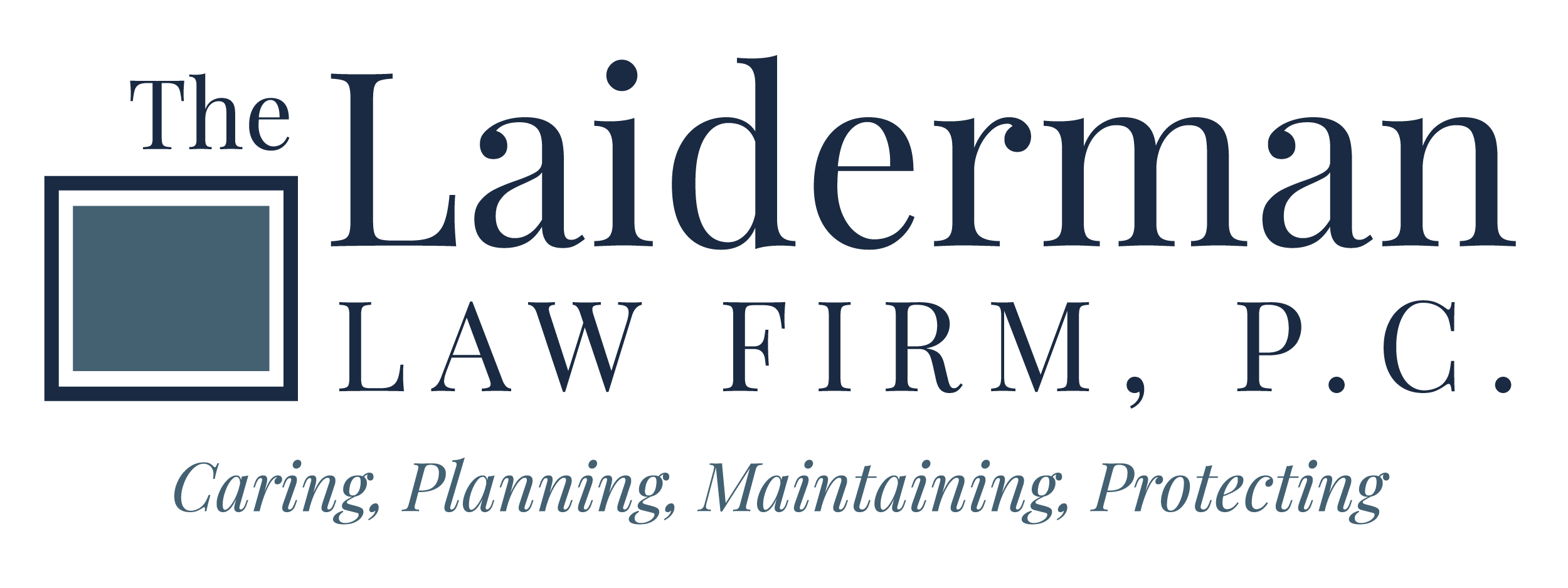 Spousal impoverishment is a concern for older couples when one spouse needs long-term care and applies for Medicaid. If one spouse requires care in a skilled nursing facility and the other remains at home, the spouse at home might face significant financial hardships. The high costs of nursing homes combined with Medicaid’s strict income and asset requirements risk leaving the community spouse with little income and assets.
Spousal impoverishment is a concern for older couples when one spouse needs long-term care and applies for Medicaid. If one spouse requires care in a skilled nursing facility and the other remains at home, the spouse at home might face significant financial hardships. The high costs of nursing homes combined with Medicaid’s strict income and asset requirements risk leaving the community spouse with little income and assets.
Medicaid’s Spousal Impoverishment Rules
Before the federal government enacted spousal impoverishment protections in 1988, many healthy spouses experienced poverty when their partners went on Medicaid.
Medicaid has strict income and asset restrictions. Yet nursing home care is expensive, with monthly care fees ranging from $5,000 to $8,000. Many couples did not meet Medicaid’s income and asset requirements, but could not afford care.
Before receiving Medicaid, many families had to spend down their assets, leaving few assets for the spouse at home. Prior to qualifying for Medicaid, many couples paid nursing home fees out-of-pocket. Only when they could no longer pay would government assistance become available. Once all their funds went to long-term care expenses, the spouse living at home had little support.
Medicaid’s 1988 spousal impoverishment provisions responded to these concerns, protecting spouses from loss of money and resources when their partners require long-term care. The spousal impoverishment rules rest on the principle that both spouses have a duty to provide for each other. Although the spouse at home must support the spouse receiving long-term care, the spouse receiving care also has a responsibility to the community spouse. The regulations allow the community spouse to keep a certain proportion of the couple’s combined resources and income, preventing impoverishment.
MMNA and CSRA
Per the spousal impoverishment rules, the Minimum Monthly Maintenance Needs Allowance (MMNA) and Community Spouse Resource Allowance (CSRA) permit the healthy spouse to keep a portion of the couple’s assets and income.
- The Minimum MMNA applies when one spouse is the primary earner. When the spouse with an income applies for Medicaid, the individual can transfer a portion of the monthly payment to the healthy partner.
- The CSRA protects some of the couple’s assets for the community spouse. Generally, to be eligible for Medicaid, a person cannot have more than $2,000 in assets. However, when one spouse applies for Medicaid and the other is healthy, the healthy spouse can keep more than $2,000 in resources. The federal government determines the minimum and maximum Community Spouse Resource Allowance yearly. Some assets, such as the couple’s home, car, furnishings and appliances, and personal possessions, do not count toward Medicaid’s assets requirements.
Home and Community-Based Services
The original spousal impoverishment protections only applied to married couples where a spouse needed nursing home care.
In 2014, Section 2404 of the Affordable Care Act extended Medicaid’s spousal impoverishment protections so that when one spouse applies for home and community-based services, the other can retain some funds to support themselves.
To get started on your estate plan or elder law planning, contact the Laiderman Law Firm.

